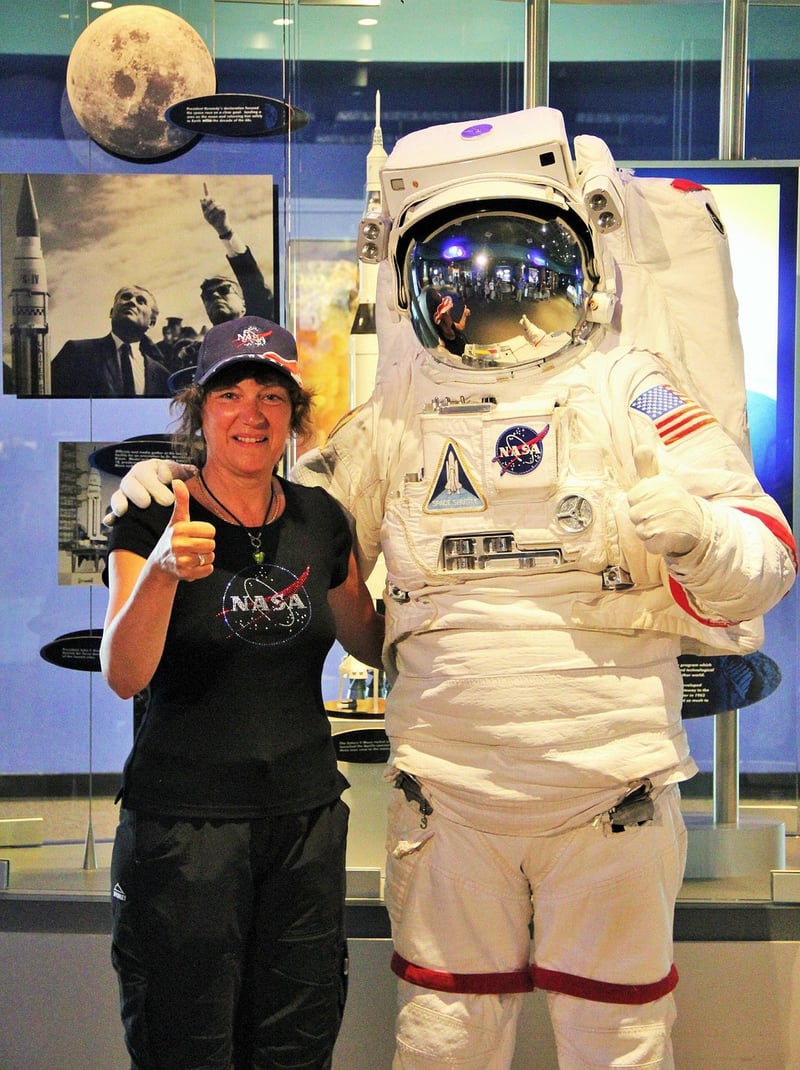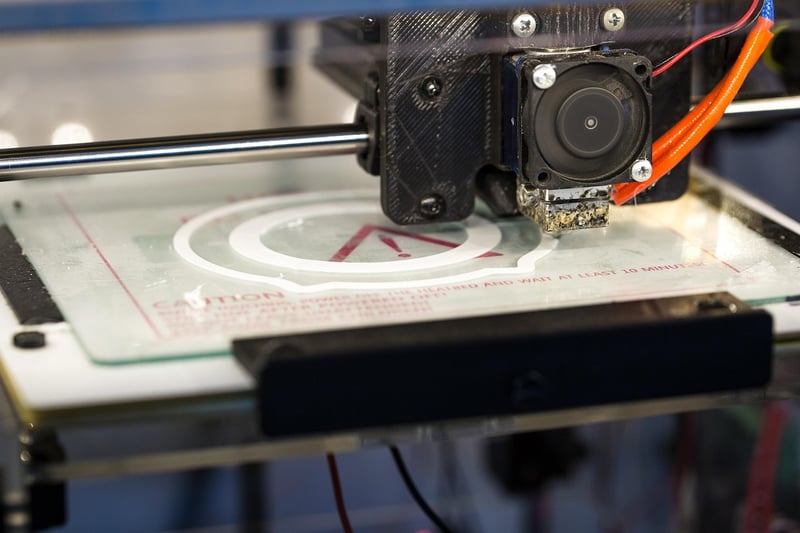3D Printing in Space
The Future of Space Exploration: Innovative Advancements in 3D Printing
Space exploration has always been at the forefront of technological innovation. One of the most exciting developments in recent years has been the integration of 3D printing technology in space missions. This revolutionary approach allows astronauts to manufacture tools, parts, and even entire structures while in orbit, paving the way for a more sustainable and self-sufficient space exploration.
The Benefits of 3D Printing in Space
3D printing, also known as additive manufacturing, offers numerous advantages for space missions:
- Resource Efficiency: By using raw materials available in space, such as lunar regolith or asteroid metals, astronauts can reduce reliance on Earth for resupplies.
- Customization: 3D printing allows for the on-demand production of specialized tools and parts tailored to specific mission requirements.
- Rapid Prototyping: Design iterations can be quickly implemented and tested, accelerating the development of new technologies.
- Cost Savings: Eliminating the need to launch spare parts from Earth can significantly reduce mission costs in the long run.
Real-World Applications
Several space agencies and private companies have already embraced 3D printing in space:
- NASA: The International Space Station (ISS) is equipped with a 3D printer capable of producing tools and replacement parts on-demand.
- SpaceX: Elon Musk's aerospace company has utilized 3D printing to manufacture components for its Falcon rockets, streamlining production processes.
- ESA: The European Space Agency has experimented with printing structural components for future lunar habitats using simulated lunar soil.
Challenges and Future Prospects
While 3D printing in space holds immense promise, there are challenges to overcome, such as ensuring the reliability and quality of printed parts in microgravity environments. Researchers are actively exploring new materials and techniques to address these issues and unlock the full potential of additive manufacturing in space.
As we look to the future, 3D printing is poised to revolutionize space exploration, enabling astronauts to build infrastructure, habitats, and even spacecraft components directly in space. This transformative technology will not only expand our capabilities in space but also pave the way for sustainable long-term missions to the Moon, Mars, and beyond.

For more information on 3D printing in space, visit NASA's official website.
